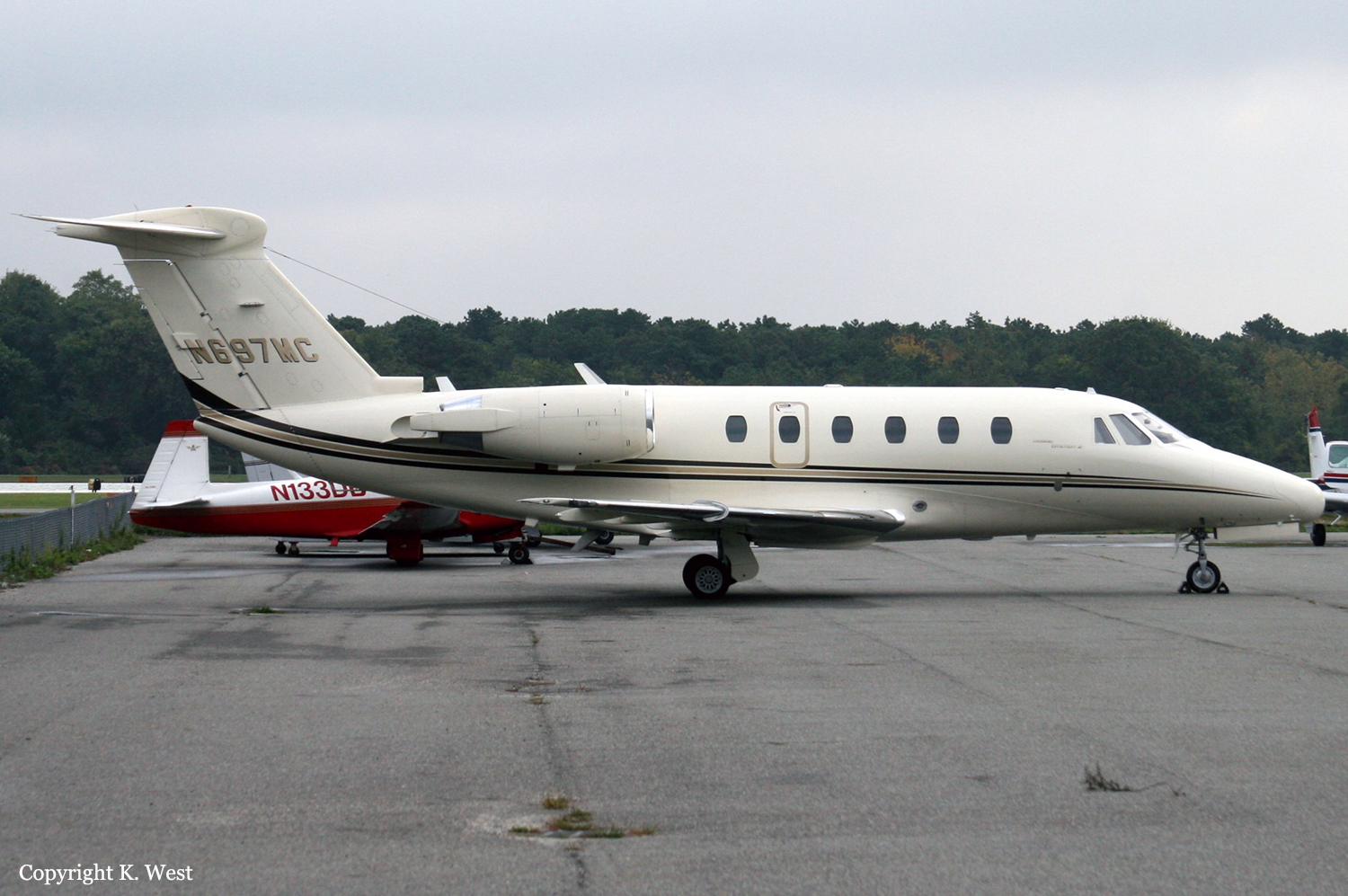Country
Crash of a Cessna 650 Citation III in Trigoria: 2 killed
Date & Time:
Feb 7, 2009 at 0602 LT
Registration:
I-FEEV
Survivors:
No
Schedule:
Rome - Bologna
MSN:
650-0105
YOM:
1986
Flight number:
AOE301
Crew on board:
2
Crew fatalities:
Pax on board:
0
Pax fatalities:
Other fatalities:
Total fatalities:
2
Captain / Total hours on type:
877.00
Copilot / Total hours on type:
58
Aircraft flight hours:
6977
Circumstances:
The crew was engaged in a positioning flight from Rome to Bologna to pick up a medical team for an ambulance mission. At 0554LT, the crew was cleared for takeoff. The aircraft departed Rome-Ciampino Airport runway 15 at 0600LT. During initial climb, after being cleared to Bolsena at FL240, the aircraft entered an uncontrolled descent and crashed near a cattle barn. The aircraft disintegrated on impact and both pilots were killed. At the time of the accident, weather conditions were as follow: wind from 140 at 18 knots, light rain, few at 1,800 feet, broken 3,000 feet and scattered at 7,000 feet with an OAT of 13° C.
Probable cause:
The cause of the accident was due to an impact with the ground resulting from the loss of control of the aircraft by the captain, who was also the PF. It appears very likely that during the initial phase inadequate attention was replaced by a phase of spatial disorientation, resulting in a loss of situational awareness, which prompted an inadequate intervention on the flight controls by the PF, resulting in total loss of control of the aircraft (having accentuated the tilt to the left wing, instead of leveling the aircraft). It is reasonable to assume that the PF, based on the conviction of being in a right turn for Bolsena in IMC night conditions, misinterpreted the unusual turn, using the controls in order to accentuate the bank angle to the left, drastically reducing the vertical component of lift. This turn has consequently caused the aircraft to assume an attitude of increasing bank, a condition that has been aggravated by the continued application on the controls of a positive load factor in order to stop the sudden loss of altitude, without first leveling the wings. Or the aircraft is stabilized in a pronounced downward spiral to the left. The first officer (PNF), engaged in the management of navigation equipment, has created the unusual turn of the aircraft in conjunction with the commander (PF). Nevertheless, the considerable gradient of experience on the airplane and hierarchy within the organization between the captain and the first officer has probably prevented him to intervene in a more directive or authoritative way in the recovery phase of the situation. Also contributing to the outcome of the event was the lack of detail in the definition of the duties of the crew procedures and inadequate adherence to the basic principles of CRM/MCC, with reference to the monitoring and statement of the navigation modes active, navigation procedures and in particular to the lack of requests for inclusion of turns and routes, the deficiency in the performance of controls and optimization of automation that can lighten the workload in a time unfavorable from the point of view of the circadian rhythm and IMC night. In this respect, it seems fitting to remember the problem of spatial disorientation, although known and studied for decades, is still relevant, and that the only way to counter it is the application of proper use of instruments in compliance with the basic principles of CRM/MCC, which should be part of the normal operating procedures of an operator. This is especially true when working outside of normal circadian rhythms, when it is most easily seen a slowing of cognitive processes.
Final Report:
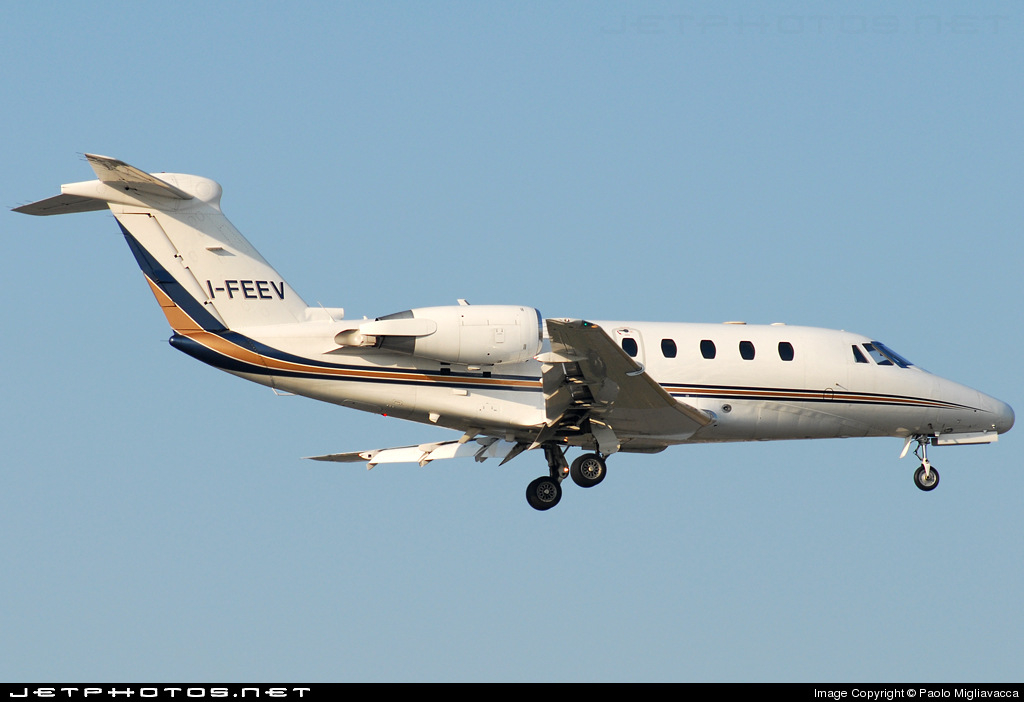
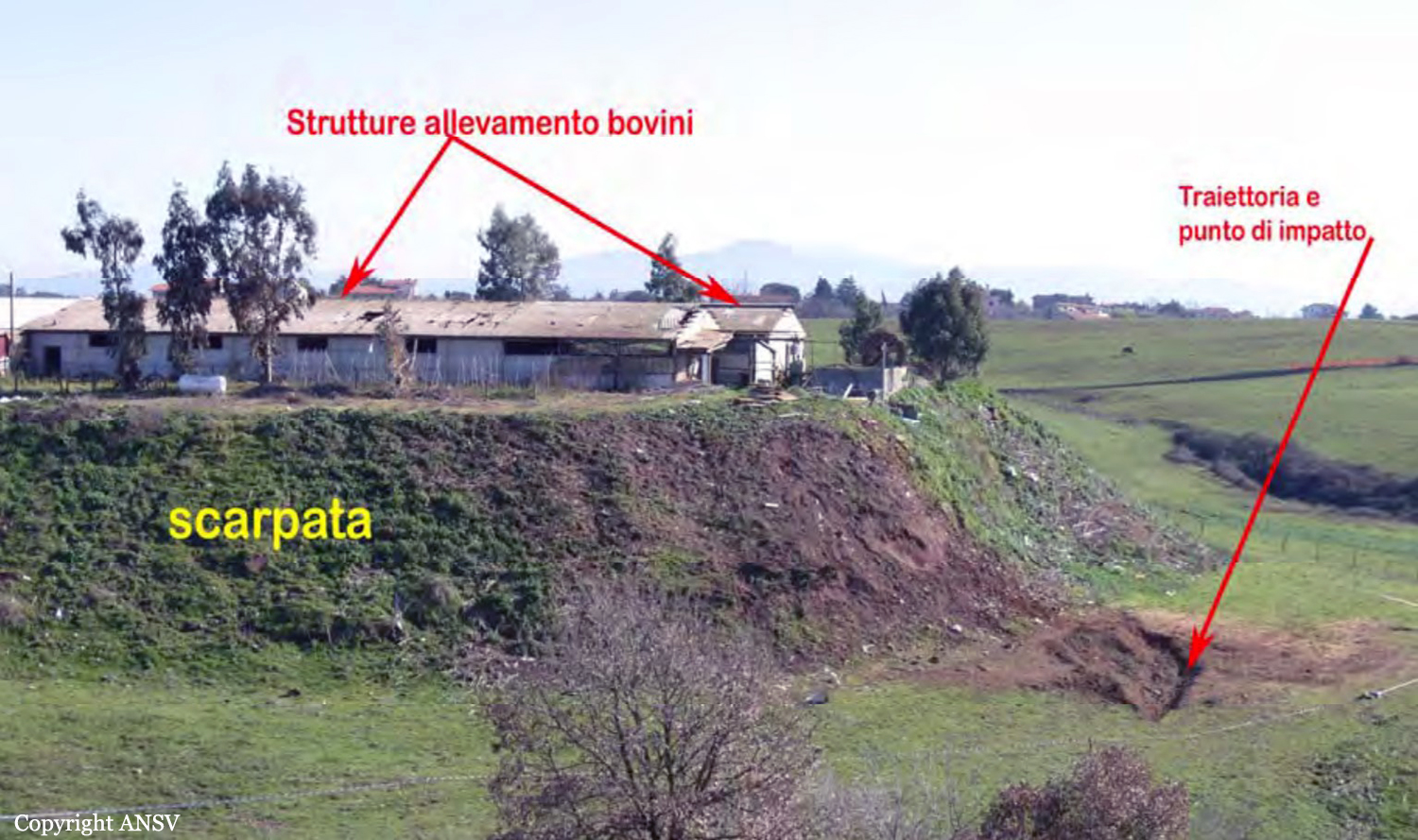

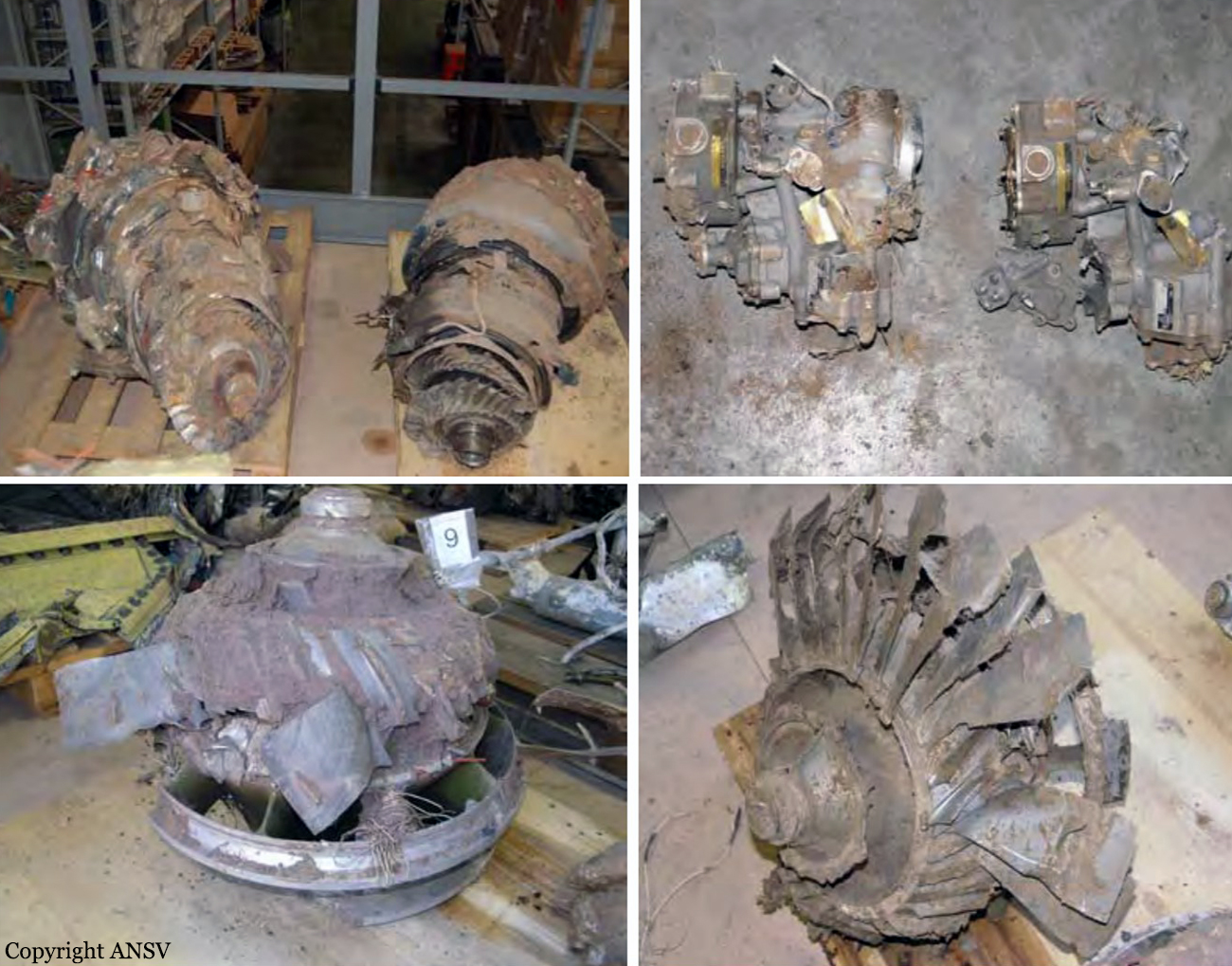
Crash of a Cessna 650 Citation III in Caico Seco: 3 killed
Date & Time:
Feb 18, 2008 at 1815 LT
Registration:
N385EM
Survivors:
No
Schedule:
Valencia – Puerto Ordaz
MSN:
650-0145
YOM:
1987
Crew on board:
2
Crew fatalities:
Pax on board:
1
Pax fatalities:
Other fatalities:
Total fatalities:
3
Circumstances:
The aircraft departed Valencia-Arturo Michelana Airport on a private flight to Puerto Ordaz, carrying one passenger and two pilots. While cruising at an altitude of 30,000 feet, the aircraft entered an uncontrolled descent and crashed in a near vertical attitude. The aircraft disintegrated on impact and all three occupants were killed.
Probable cause:
The copilot probably gave his place on board to a passenger without any qualification to operate the aircraft, moments after takeoff. During the en-route flight phase, a failure of the primary pitch trim system was simulated by the activation of the secondary system, which would have resulted in an abnormal operation of the system, followed by violent loss of altitude and over speed condition.
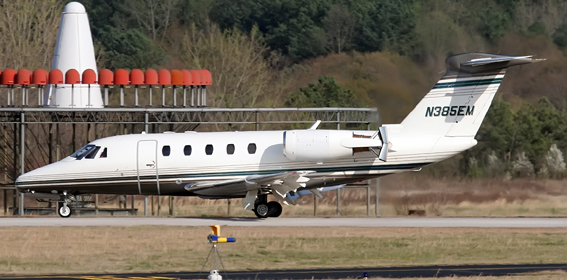
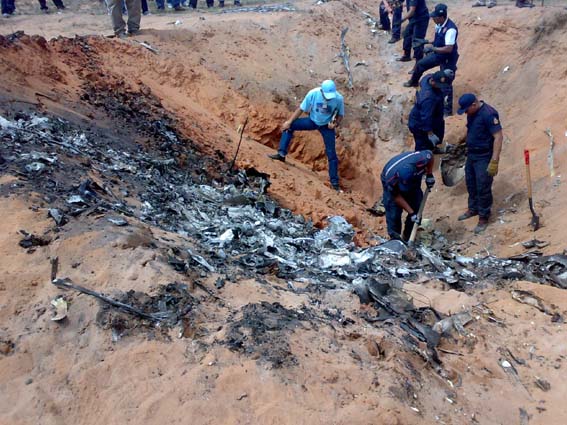
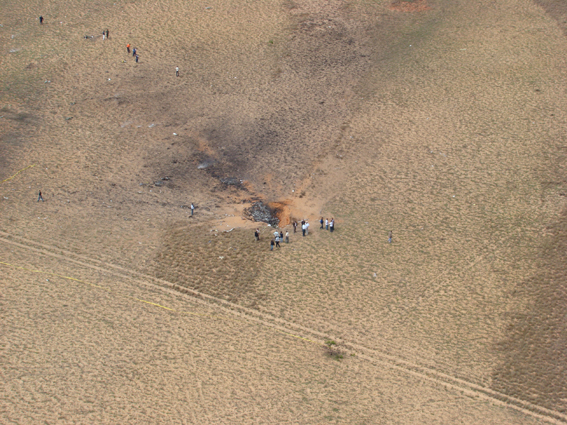
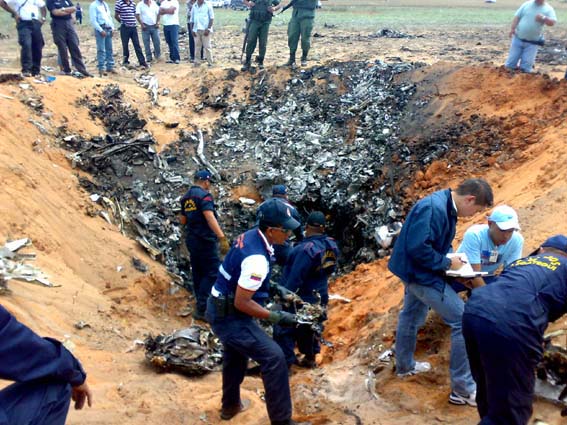
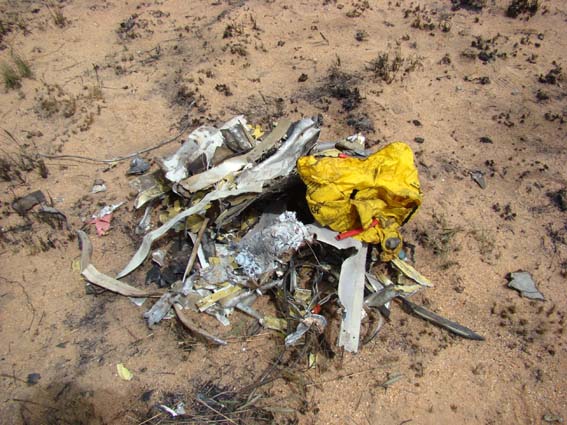
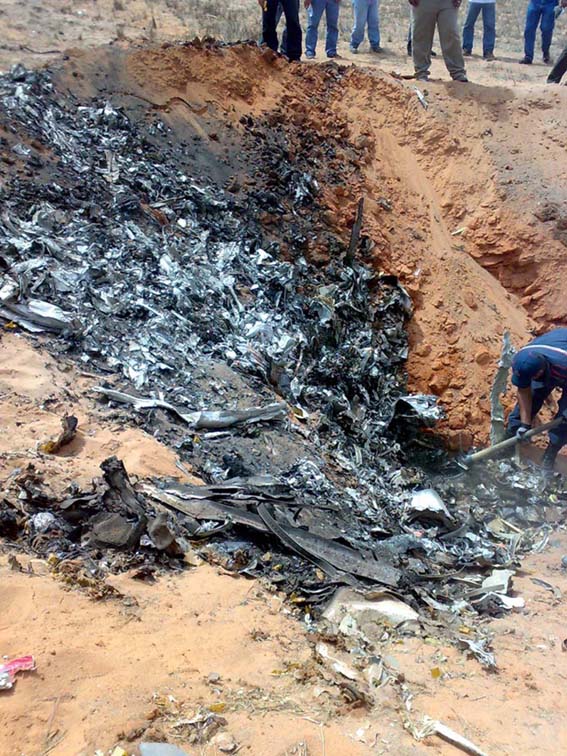
Crash of a Cessna 650 Citation III in Atlantic City
Date & Time:
Oct 27, 2007 at 1110 LT
Registration:
N697MC
Survivors:
Yes
Schedule:
Farmingdale – Atlantic City
MSN:
650-0097
YOM:
1985
Crew on board:
2
Crew fatalities:
Pax on board:
2
Pax fatalities:
Other fatalities:
Total fatalities:
0
Captain / Total hours on type:
199.00
Copilot / Total hours on type:
120
Aircraft flight hours:
7052
Circumstances:
The first officer was flying the Area Navigation, Global Positioning System, approach to runway 22. During the approach, the airplane was initially fast as the first officer had increased engine power to compensate for wind conditions. Descending below the minimum descent altitude (MDA), the first officer momentarily deployed the speed brakes, but stowed them about 200 feet above ground level (agl), and reduced the engine power to flight idle. The airplane became low and slow, and developed an excessive sink rate. The airplane subsequently landed hard on runway 22, which drove the right main landing gear into the right wing, resulting in substantial damage to the right wing spar. The first officer reported intermittent airspeed fluctuations between his airspeed indicator and the captain's airspeed indicator; however, a subsequent check of the pitot-static system did not reveal any anomalies that would have precluded normal operation of the airspeed indicators. About the time of the accident, the recorded wind was from 190 degrees at 11 knots, gusting to 24 knots; and the captain believed that the airplane had encountered windshear near the MDA, with the flaps fully extended. Review of air traffic control data revealed that no windshear advisories were contained in the automated terminal information system broadcasts. Although the local controller provided windshear advisories to prior landing aircraft, he did not provide one to the accident aircraft. Review of the airplane flight manual (AFM) revealed that deploying the speed brakes below 500 feet agl, with the flaps in any position other than the retracted position, was prohibited.
Probable cause:
The first officer's failure to maintain airspeed during approach, and the captain's inadequate remedial action. Contributing to the accident was the first officer's failure to comply with procedures, windshear, and the lack of windshear warning from air traffic control.
Final Report:
